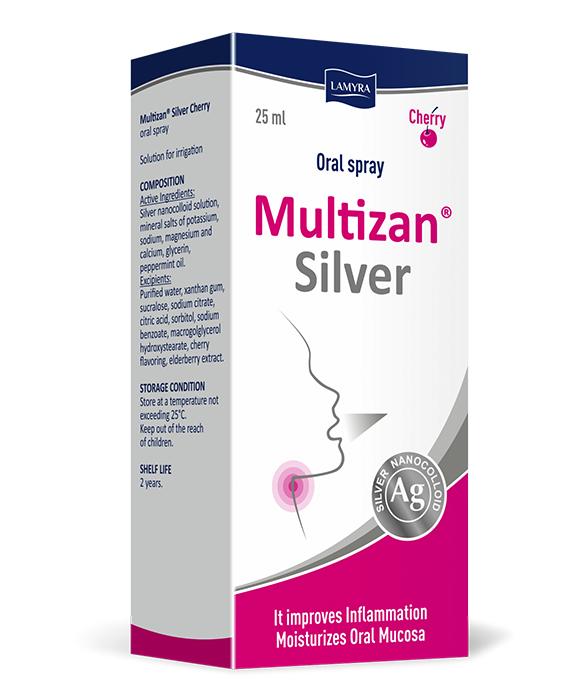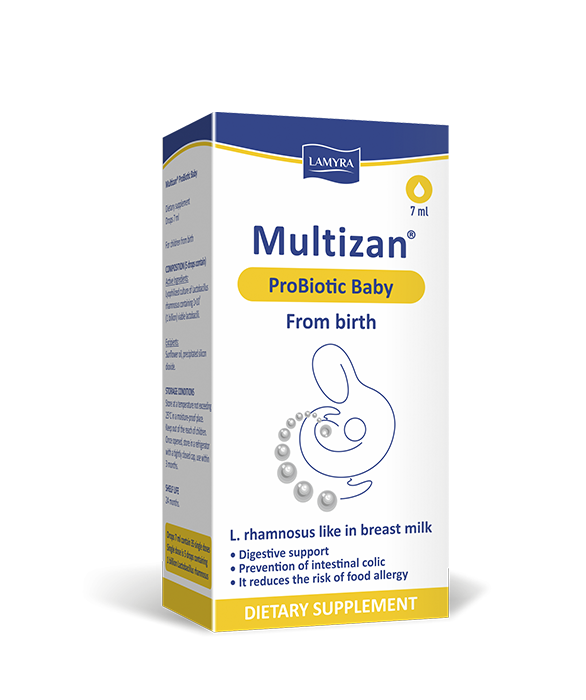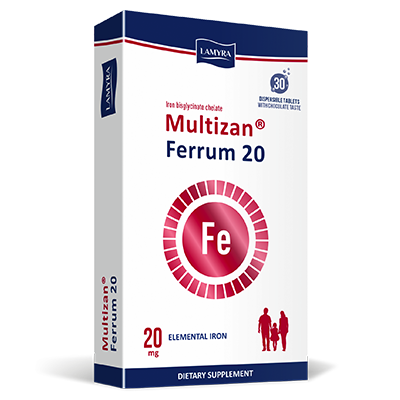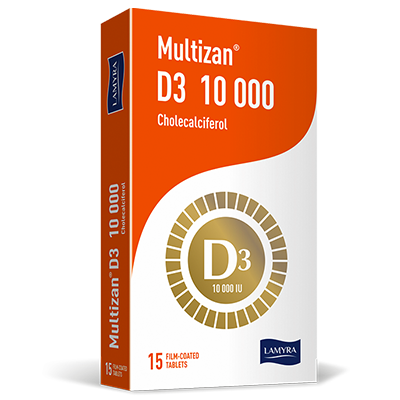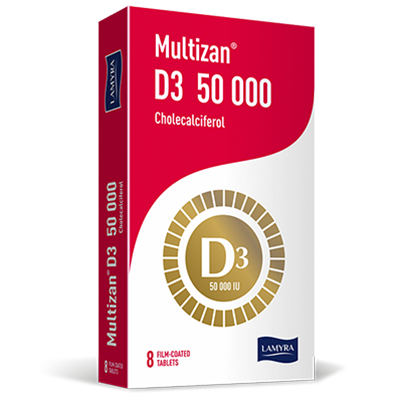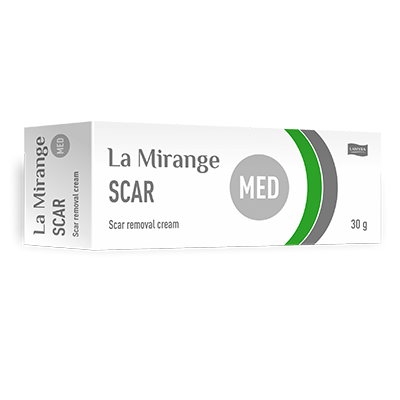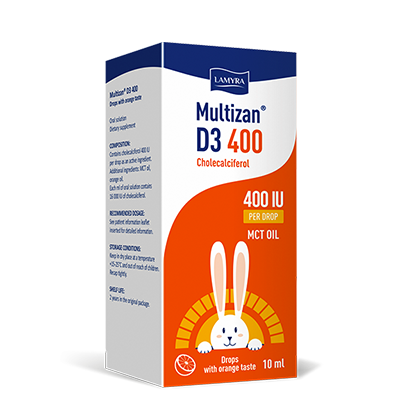Each of us is wearing the skin. When it is healthy and well-conditioned, a person looks gracefully and feels good. Some people have beautiful natural skin, others rely on special cosmetic procedures and creams to achieve a perfect condition. Nevertheless, anyone can face skin damage. In this case, you cannot dispense with a special remedy. Which product really merits attention? What is important to know about the skin? What is the cause of its damage?
SKIN CHARACTERISTICS AND ITS MAIN FUNCTIONS
The skin is the largest organ of the human body. On average, the weight of the outer skin covering is between three to four kilograms, and its area is approximately two square meters. If desired, you can calculate the tentative weight of your skin: X (body weight)/16.
The thickest “clothes” are found on the palms and feet, and the thinnest ones are found on the eyelids. The degree of sensitivity does not depend on thickness. A forefinger is hypersensitive. Women’s skin is thinner and more delicate than men’s skin. Therefore, girls face wrinkles earlier. Skin color depends on the amount of melanin (a coloring pigment) which is part of it. The more the amount is, the darker the skin is.
The skin is constantly regenerating. This process occurs every month in adults, once every 72 hours in a small child. Traces of "skin change" are almost invisible. You can see only exfoliated skin. Moreover, dead horn cells are constantly hovering around us in the air. There is a loss of up to 30 thousand skin cells in one minute. A person loses about 100 kilograms of an “unnecessary” skin covering in the course of a lifetime.
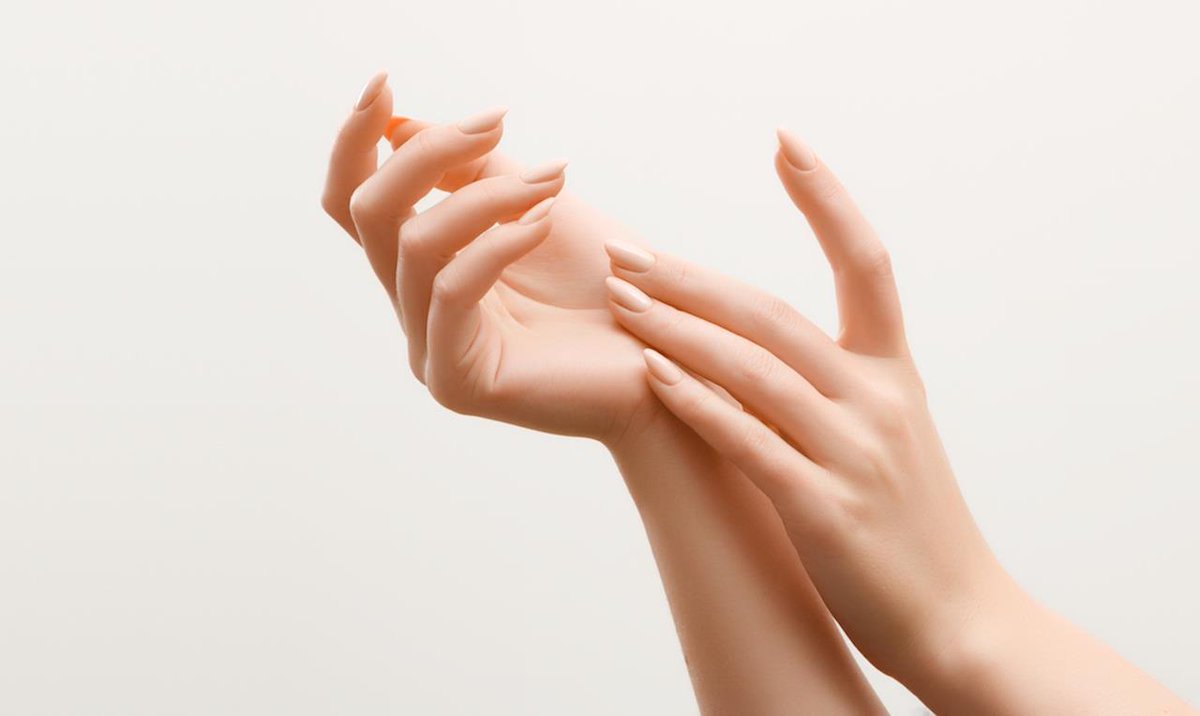
The skin performs several important functions:
1. Separating: takes on the role of an effective barrier between internal organs, tissues and the environment.
2. Protective: protects against overheating, exposure to chemicals, ultraviolet rays and microorganisms which provoke any malady.
3. Regulating: protects against moisture loss, controls various substances in the body.
4. Tactile: has unique receptors through which various irritants are perceived (temperature, pressure, touch, etc.).
5. Appearance-forming: personal characteristics, the structure of the subcutaneous mimic muscles.
THE MOST COMMON TYPES OF SKIN DAMAGE
The body’s outer covering can receive open damage when performing its functions. The most common injuries include:
-
a scratch — linear damage to the surface skin layer (epidermis);
-
an abrasion — mechanical superficial damage to the skin that reaches the papillary layer;
-
a wound — change in skin integrity and its mucous membrane;
-
a solar burn — acute inflammation of the body’s outer covering arising out of excessive exposure to ultraviolet rays;
-
a thermal burn — damage to the skin arising out of exposure to high temperatures;
-
a frostbite — skin exfoliation occurs due to prolonged exposure to sub-zero temperatures, in case of severe frostbites, tissue necrosis is possible.
SKIN RESPONSE TO DAMAGE AND PECULIARITIES OF THE HEALING PROCESS AND SCAR FORMATION
Any surface damage is fraught with an increased danger. A change in the integrity of the body’s outer covering leads to such unpleasant consequences as inflammation (occurs after being injured), infection, soreness, burning, redness, and swelling.
In case of any damage, healing is the restoration of skin integrity (regeneration). The skin forms a special barrier that protects the body from the action of various external factors. There is so-called scarring (scar formation). Scar tissue can be tender (capable to being resorbable on its own) and coarse (this defect may only be eliminated using a special high-quality product).

People of any age can face a coarse scar. A risk group includes women with certain health problems:
-
impaired levels of hormones;
-
oncological diseases;
-
weakened immunity;
-
lack of vitamins and minerals in the body;
-
use of certain medications;
-
systemic diseases (hepatic or renal failure, diabetes mellitus, etc.).
Skin damage can occur in various daily life situations. In any case, it is important to take effective measures as soon as possible to avoid many serious health consequences.
WHAT IS A GOOD PRODUCT FOR DAMAGE?
A product for damaged skin should have a complex effect, otherwise damage consequences will remain visible after healing.
A good cosmetic product has a quality impact on the most significant and annoying manifestations that are inevitably accompanied with damage. Any good product for damaged skin has the following peculiarities:
1. complete elimination of an infection;
2. careful suppression of inflammation;
3. formation of a protective barrier for a damaged area;
4. maximum reduction of pain sensations;
5. accelerated healing, significant reduction in the risk of scarring.
A good product for damaged skin should not increase irritation and provoke other problems. In particular, the presence of essential oils in the composition, which are potential irritants, should be avoided (for example, essential oils of cinnamon, orange, mint, etc.).

